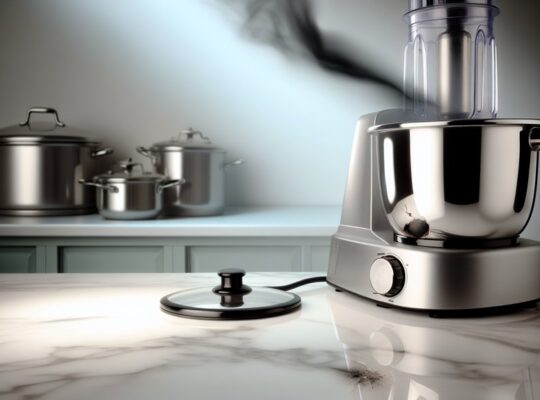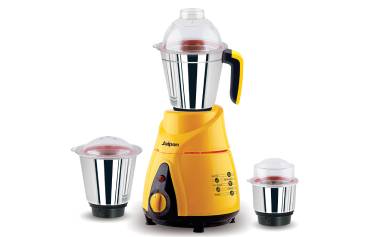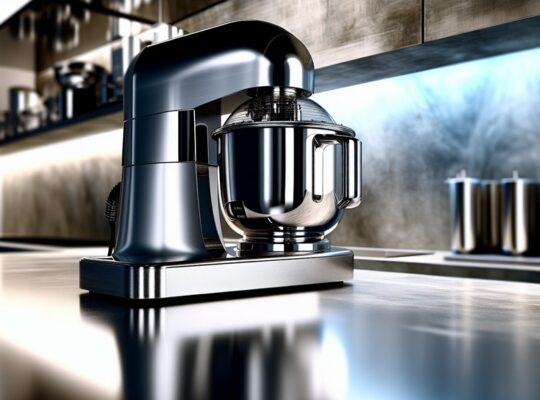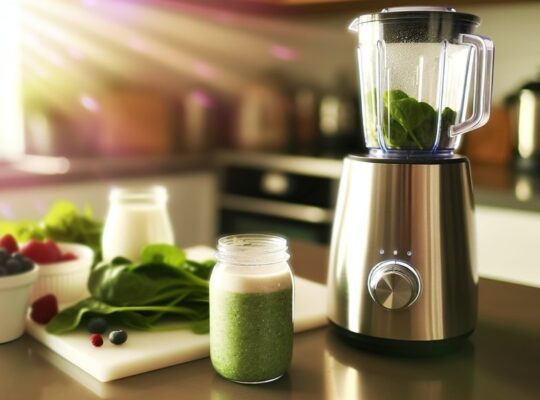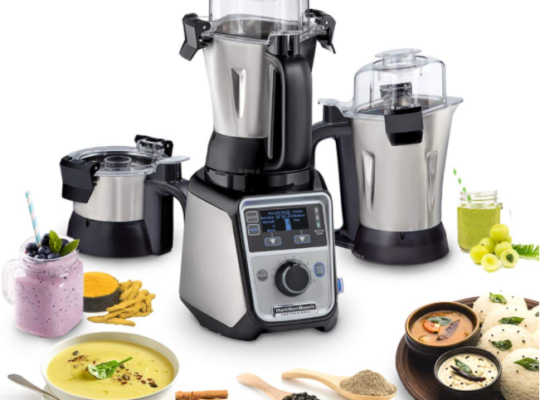You’re aiming for a mixer grinder that delivers a smooth, consistent idli and dosa batter, with a high-torque motor, stainless steel blades, and precise grind control to minimize heat. Look for thermal protection, noise management, and durable jars designed for wet grinding. The right model balances power, safety, and ease of cleaning, but the true test is how it handles large, batched grinding over time. There’s more to evaluate as you compare specs and real-world performance.
Key Takeaways
- Look for a high-torque, 600–750 W motor with thermal overload protection to handle soaked idli/dosa batter without overheating.
- Choose stainless steel jars with sharp, durable blades and tight-sealing lids to preserve starch and prevent oxidation.
- Prioritize a mixer grinder with adjustable speed and pulse for smooth, uniform grinding and controlled heat.
- Opt for sturdy build, low noise, vibration control, and reliable lid-lock mechanisms for consistent texture and safety.
- Ensure easy cleaning, corrosion-resistant components, and clear maintenance guidelines for long-term durability.
What Makes a Grinder Ideal for Idli and Dosa Batter
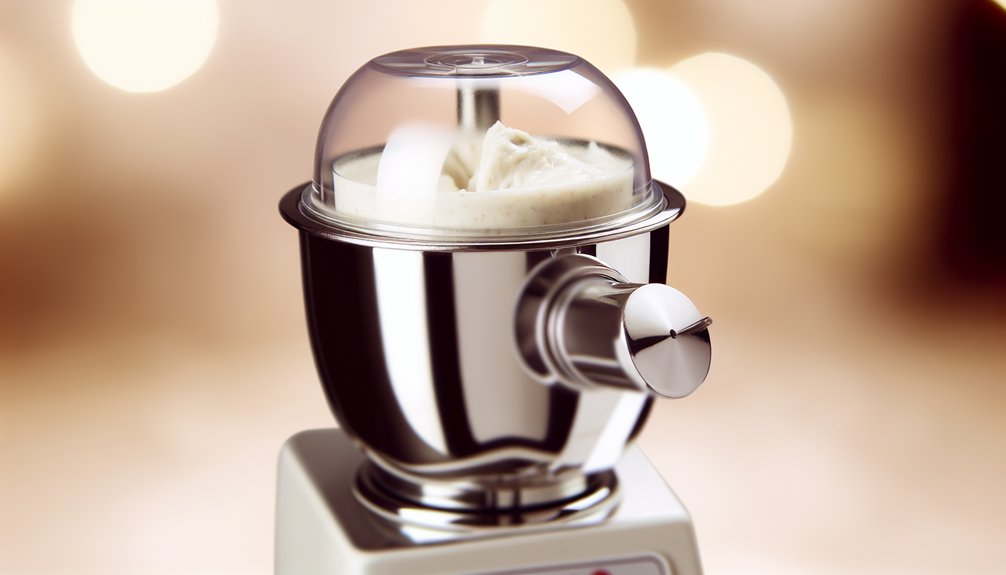
A grinder ideal for idli and dosa batter should deliver consistent, fine grinding with minimal heat generation and reliable, repeatable results. You look for a design that preserves starch integrity while avoiding over-milling, which can affect fermentation and texture. Precision in blade geometry, including a tight clearance between stator and rotor, reduces excessive shear and heat buildup. A sturdy motor with sufficient wattage handles soaked dal, rice, and urad without stalling. Pulse and variable-speed controls help you manage particle size distribution and moisture sensitivity. Material selection matters: food-grade, non-reactive stainless steel surfaces prevent flavor transfer and corrosion. Thermal management, such as effective cooling and heat dissipation, protects enzymes and batter quality. Maintenance accessibility and safety features, like guards and overload protection, enhance reliable performance. Also, consider differentiated offerings like conical grinding stones and motor overload protection found in popular models to ensure consistent batter quality across batches. conical grinding stones
Key Features to Look for in a Mixer Grinder
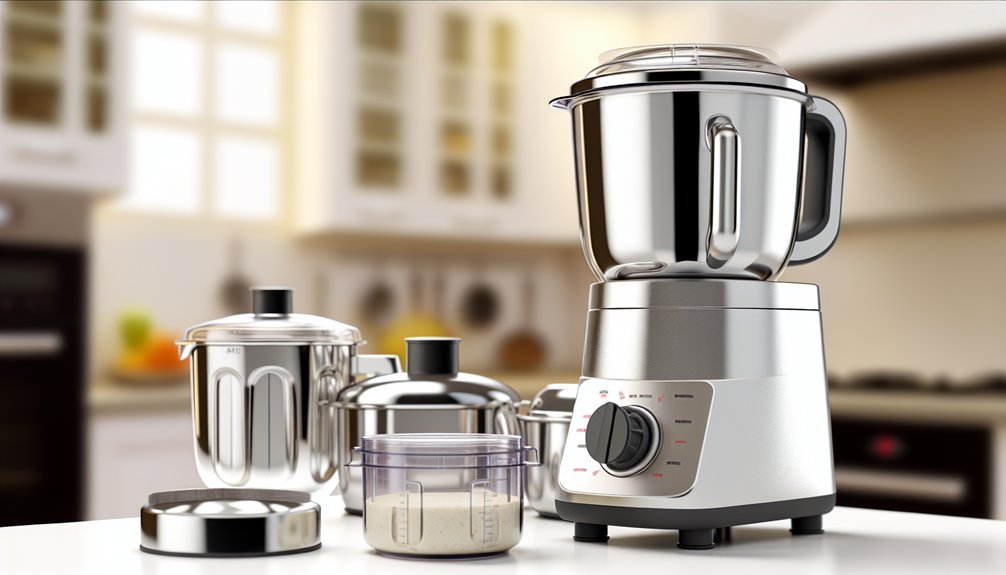
Key features to evaluate include motor power, speed range, and control precision, which together determine how well a mixer grinder handles soaked dal, rice, and urad without overheating. You should verify efficiency ratings, thermal protection, and overload safeguards to prevent motor damage during extended grinding sessions. Consider noise levels, vibration control, and stability to maintain consistent texture and safe operation. Material quality of blades and jars, plus corrosion resistance, affect longevity and hygienic performance. Ascertain clear, intuitive controls and overload indicators for safer use and easy troubleshooting. Finally, check warranty scope and service availability to support long-term reliability. – Motor wattage and thermal protection – Speed settings and control accuracy – Jar quality and blade metallurgy – Noise, vibration, and chassis stability – Safety features and warranty coverage. A 1000 watt motor with reliable thermal protection helps sustain performance during extended puree and batter tasks, aligning with real-world usage in busy kitchens. thermal protection
Top Picks for Idli and Dosa Batter: Performance & Durability
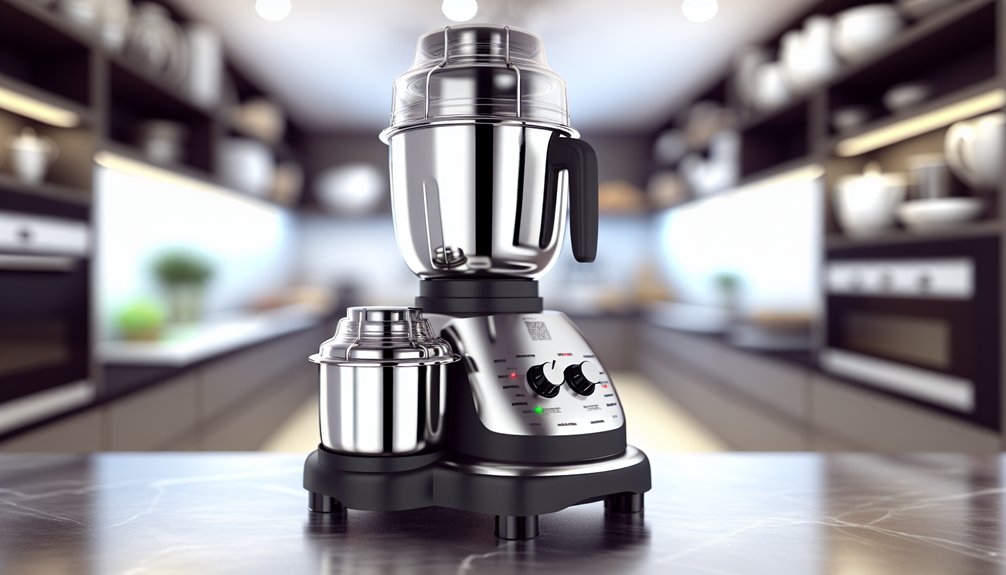
When choosing a mixer grinder for idli and dosa batter, performance and durability hinge on sustained torque, efficient cooling, and reliable blade metallurgy under repeated soaking, grinding, and rest periods. Top picks prioritize high-torque motors, robust couplings, and heat management to prevent thermal throttling during extended runs. Look for sealed bearings, corrosion-resistant blades, and stainless steel jars rated for continuous operation; these features reduce pitting and wear from wet batters. Weigh endurance tests that simulate daily use, including bursts of grinding followed by rests. Safety-minded designs include overload protection, secure lid locks, and accessible, rinse-friendly housings. Favor models with certified electrical insulation and grounded plugs. In sum, choose equipment that maintains grind consistency, resists corrosion, and remains cool under load for long-term reliability. Anti-heat features help quick cooling during extended grinding sessions.
Tips for Grinding and Fermenting Batter at Home
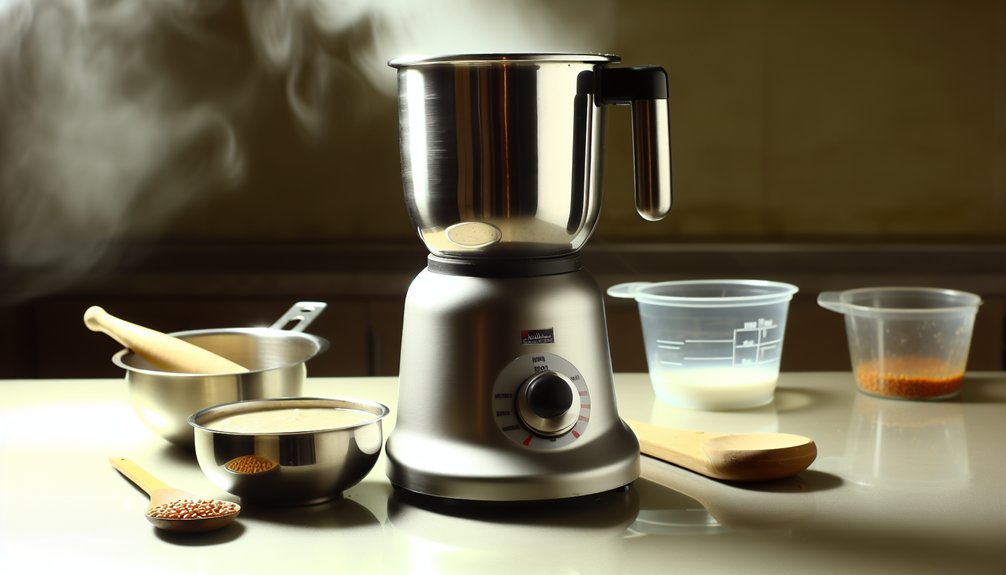
Fermenting batter after grinding improves fermentation quality and texture, so start with clean, warm surroundings and consistent timing. You should standardize soak times, rinses, and grind sequences to guarantee uniform starch release and microbe access. Use cooled, filtered water to avoid mineral shock and monitor pulse settings to prevent overheating. For grinding, keep the grinder bowl dry on the exterior and avoid water contact with the motor base. Post-grind, transfer promptly to a sterilized container, leaving headspace for expansion. Fermentation relies on ambient temperature, so target 28–30°C with minimal disturbance. Refrain from opening during peak fermentation to prevent contamination. Label batches with date and time and maintain a strict cleanliness routine. Safety first: unplug before refitting blades, inspect seals, and follow your device’s manual. Grain starch release is a key concept that underpins both grinding efficiency and successful fermentation, helping ensure consistent batter texture.
Maintenance, Cleaning, and Longevity of Your Grinder
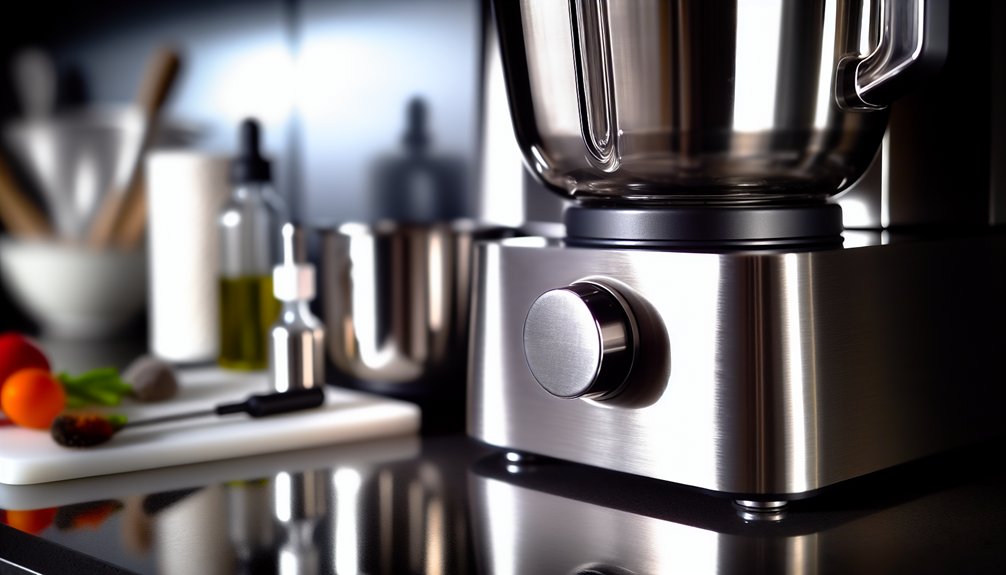
Regular maintenance, cleaning, and mindful use are pivotal to sustaining grinder performance and extending its life after consistently reliable batter grinding. You’ll follow a scheduled routine: unplug before any handling, inspect blades and seals for wear, and tighten lids securely after each use. Clean metal components with warm, soapy water; avoid abrasive cleaners that could damage surfaces. Dry all parts thoroughly to prevent rust and mold. Periodically lubricate only the manufacturer-recommended bearings if applicable, and never water-immerse the motor housing. Use the correct grind settings and avoid overloading to minimize heat buildup and motor strain. Replace worn gaskets promptly to preserve hygiene and performance. Store with vents open, and keep cords untangled. Document service dates and mileage, adhering to warranty guidelines and safety standards. Regularly check for manufacturer guidance on maintenance intervals and warranty coverage to ensure ongoing reliability motor longevity.
Frequently Asked Questions
Can I Use a Mixer Grinder for Large Quantities Daily?
Yes, you can, but make certain your mixer grinder has a heavy-duty motor, proper cooling, and a large-capacity jar with pulse control; avoid overloading, monitor temperatures, use short bursts, and follow manufacturer guidelines for daily, high-volume use.
What Safety Features Protect Against Burnt Motor?
Yes. Look for thermal overload protection, automatic shutoff, thermal cutoffs, circuit breakers, and overheat indicators; guarantee proper ventilation, size-matched motor, and overload alarms. Regular maintenance and using recommended load levels also prevent burnt motor, extending life.
How to Convert Soaked Batter to Sudden Thick Consistency?
To convert soaked batter to sudden thick consistency, pulse with short intervals, scraping sides, and add tiny water drops only if consistency remains too thick; avoid over-processing, which heats batter and risks clumps or gluten development.
Do Portable Grinders Affect Dosa Crispiness?
Portable grinders can affect dosa crispiness if they over-heat, over-harshly mix, or introduce uneven batter friction; use a cool, steady pulse, monitor motor load, and avoid grinding too finely or too long to preserve crisp edges.
Are Replacement Parts Readily Available Internationally?
Replacement parts are generally available internationally, but availability varies by brand and model; check authorized service centers or regional distributors, and confirm part compatibility, shipping timelines, and warranty terms before purchase to guarantee safe, ongoing repairability.
